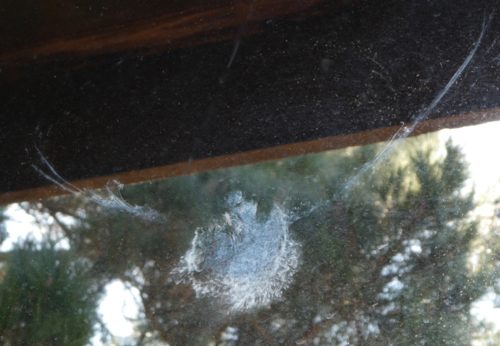As regular readers of this blog know, Lynn Axelrod and I were married on April 26. The first installment of our honeymoon began June 5 when we headed up the coast to enjoy a few days in Gualala, Mendocino County. The second installment will come later this summer when we’ll probably head down the coast to Monterey County.
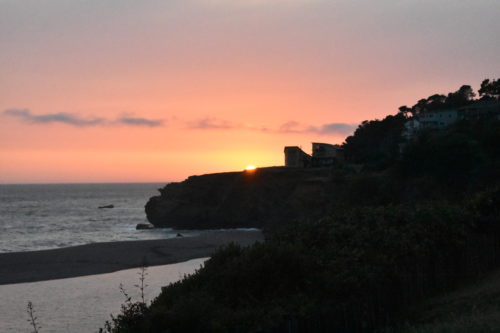
Gualala makes for a romantic getaway, and we’d previously vacationed there a couple of times. The downtown sits beside an ocean bluff at the foot of forested hills. Every year ocean waves restore a sandbar that closes the mouth of the Gualala River. This creates a lagoon that lasts until the next rains swell the river enough that it can burst through the sandbar.

The Gualala River is a large part of what keeps bringing us back. (Lynn took this photo of me during a 2012 trip.) Adventure Rents, which operates from a clearing on the bank just downstream from the Gualala Bridge, offers kayaks as well as canoes; we always rent a canoe. The river’s current is fairly weak at this time of year, making it easy to spend an afternoon paddling upstream. Because of wind off the ocean, paddling downstream into the lagoon and back would have been far more laborious.
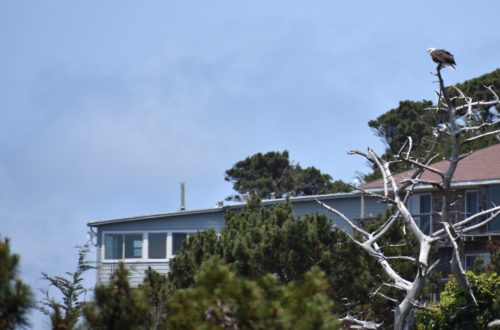
A bald eagle regularly perched in a dead tree near our inn. We were told it had a mate, but we never saw it.
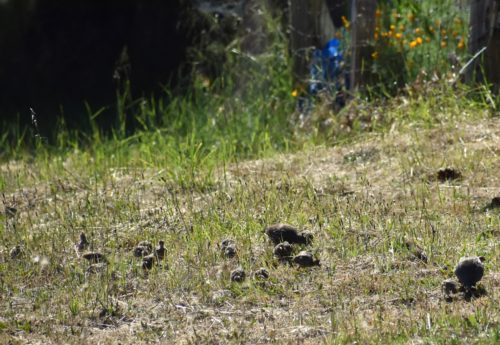
A covey of mostly very young quail greeted us when we returned to Point Reyes Station after being away four days. In fact, young animals of other species had also begun hanging out around Mitchell cabin.
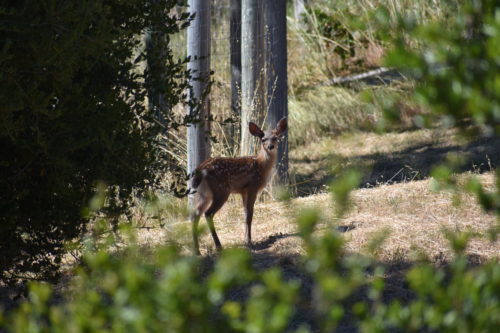
A blacktail fawn stays alert in this unfamiliar world.
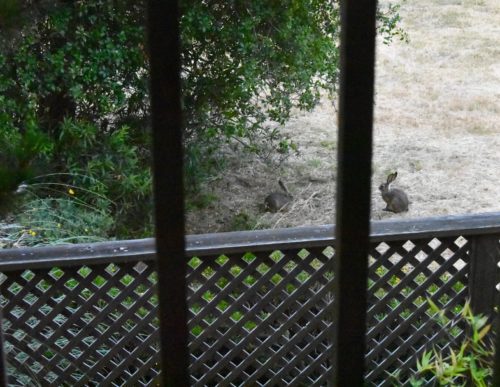
A couple of small jackrabbits were among the other youngsters. Rabbits are weaned when they’re a month old or less. They then start grazing away from the nest but return to sleep. (Photo by Lynn Axelrod Mitchell)

A rapid rabbit: While I was watching this adult rabbit last week, it started and bounded off downhill as fast as it could go. When I looked uphill to see what had alarmed the rabbit, I saw ….

a male bobcat. He was acting pretty much like a male dog: peeing on posts to mark territory and rolling on the ground on his back with his feet in the air. He didn’t chase the rabbit.
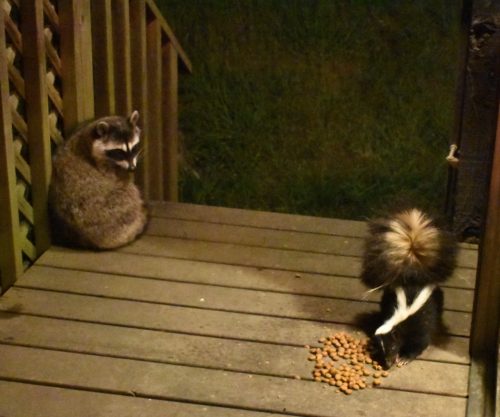
A raccoon with four small kits now show up on our deck every evening, and we usually give them handfuls of dog kibble. Unfortunately, a skunk recently figured out the routine and has begun arriving around the time the raccoons are done eating. Neither animal alarms the other. This mother raccoon sometimes takes a nap while the skunk eats. On other nights, they eat side by side. It’s really too bad that humans don’t have the gentility of raccoons and skunks.

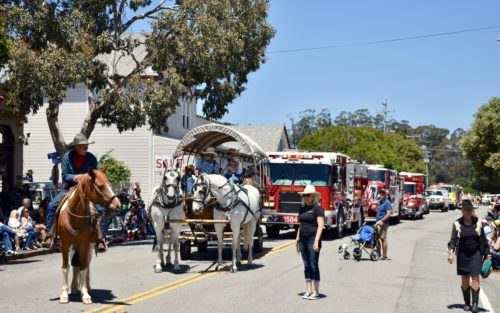
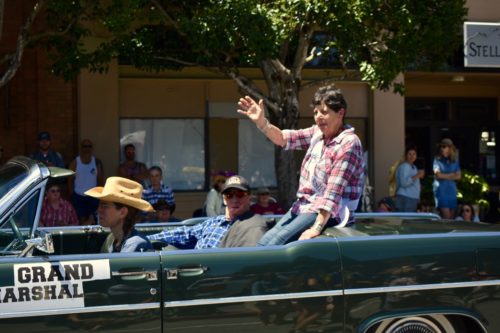
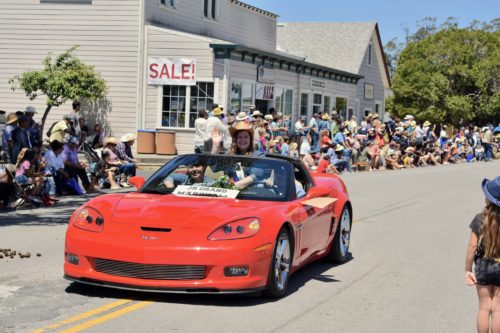
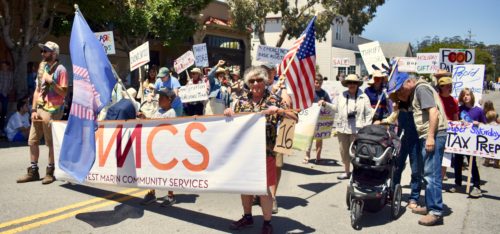



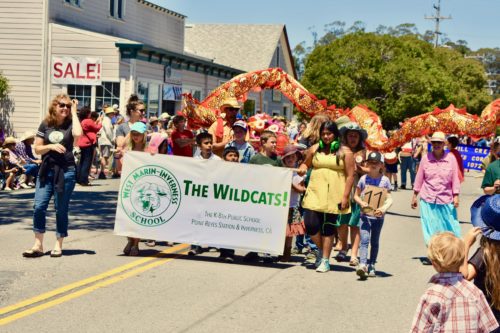


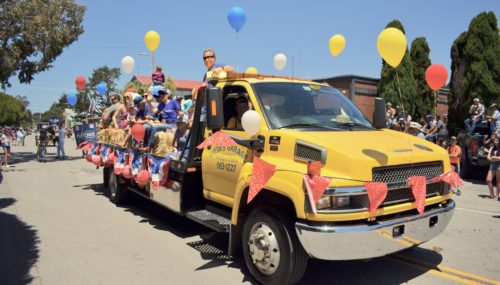
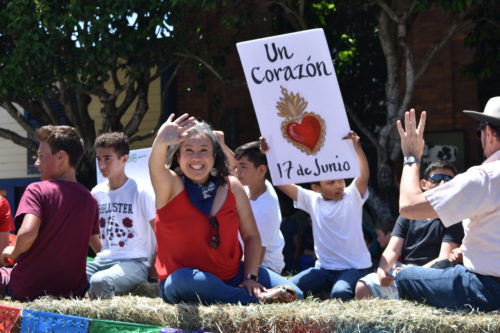
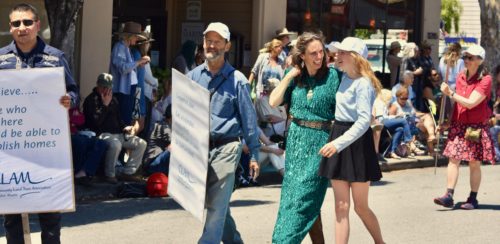




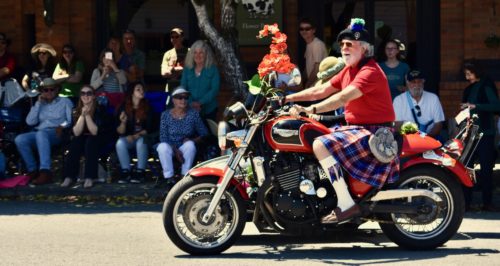

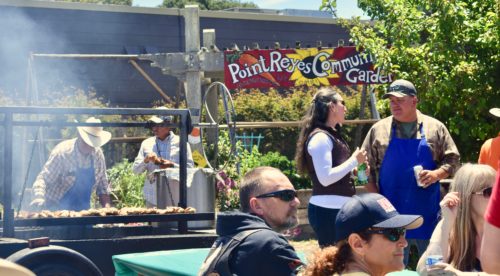
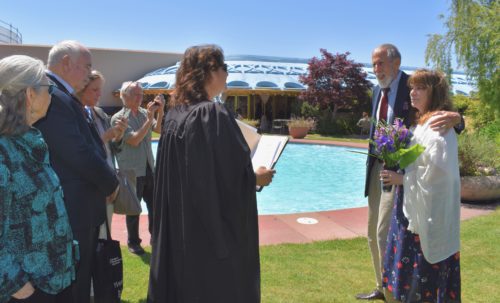


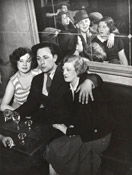
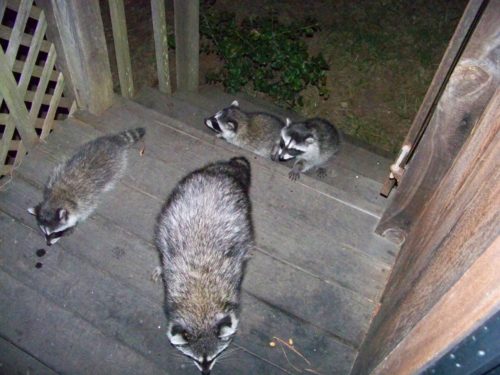
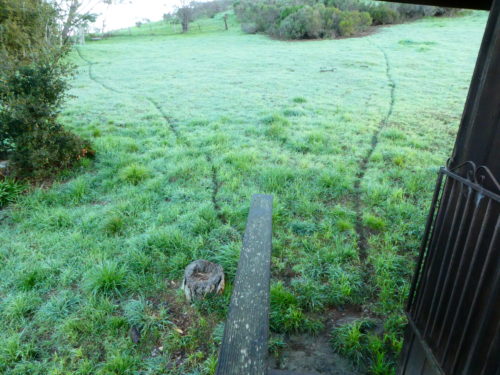

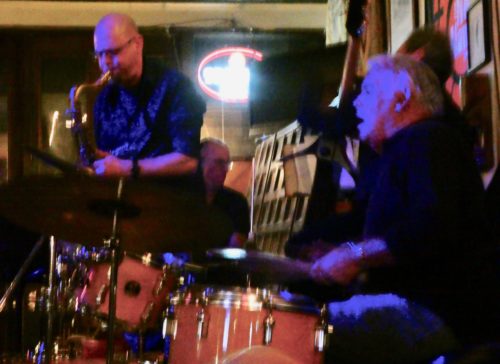 To round out this set, here is the Michael Aragon Quartet playing jazz last Friday evening, as they always do, in Sausalito’s No Name Bar. Aragon is the drummer. Predictably the performance was excellent as it’s been for three decades, but the surprise for barkeep J.J. Miller came when I told him about a street in Rohnert Park which is also named “No Name.” I just discovered it myself a week ago. One possible reason the street isn’t better known is that it’s only one block long.
To round out this set, here is the Michael Aragon Quartet playing jazz last Friday evening, as they always do, in Sausalito’s No Name Bar. Aragon is the drummer. Predictably the performance was excellent as it’s been for three decades, but the surprise for barkeep J.J. Miller came when I told him about a street in Rohnert Park which is also named “No Name.” I just discovered it myself a week ago. One possible reason the street isn’t better known is that it’s only one block long.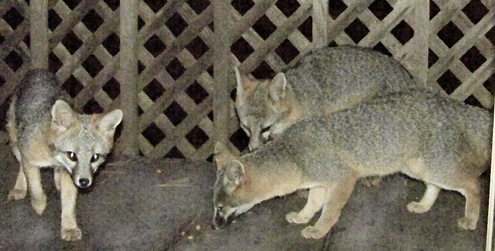 Three grey foxes scavenging on our deck.
Three grey foxes scavenging on our deck.
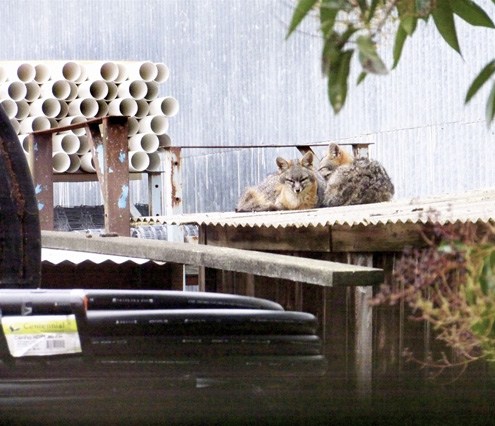

 A coyote in our backyard.
A coyote in our backyard.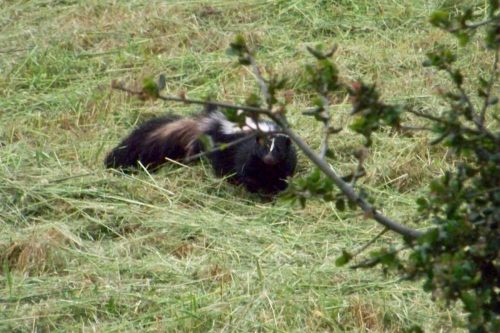
 It’s been quite a while since a chipmunk was spotted on this hill, but last week two neighbors saw one cross our road. The only one I’ve ever seen up here is this Sonoma chipmunk, which I spotted out the kitchen window eight years ago.
It’s been quite a while since a chipmunk was spotted on this hill, but last week two neighbors saw one cross our road. The only one I’ve ever seen up here is this Sonoma chipmunk, which I spotted out the kitchen window eight years ago.
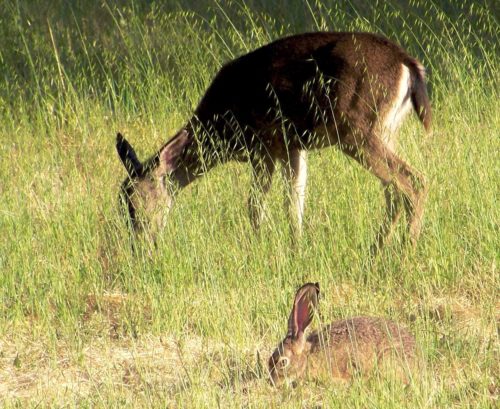
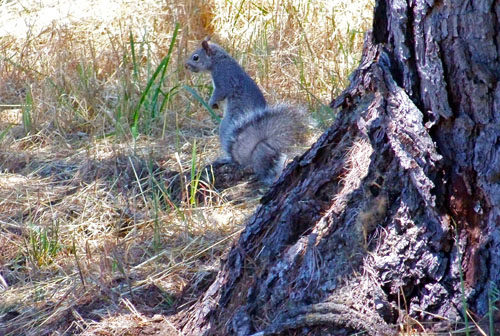
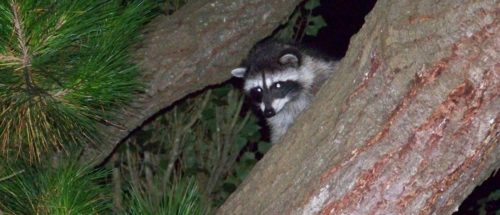

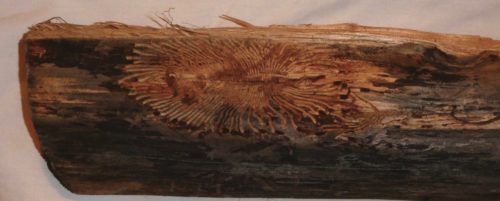
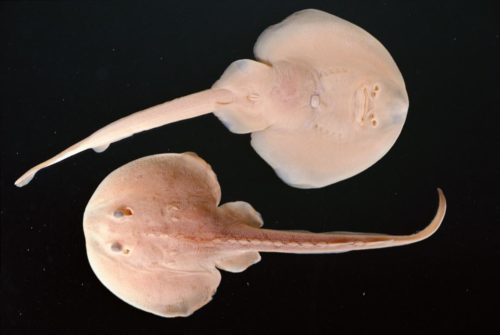



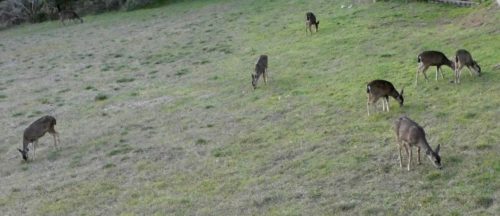 Fellow grazers. The blacktail deer population on this hill has seldom seemed larger. In these photos, eight does graze downhill from Mitchell cabin while a smaller group dine uphill.
Fellow grazers. The blacktail deer population on this hill has seldom seemed larger. In these photos, eight does graze downhill from Mitchell cabin while a smaller group dine uphill. Watching all this (in the bottom photo) is a buck who seems intent on guarding the smaller harem from predators and other bucks. Before long he begins stamping on the ground with a front hoof. Why he does this is debated. Studies on whitetail deer suggest that bucks may be sounding an alert. Or they may merely be marking territory when they stamp since their hooves leave a scent.
Watching all this (in the bottom photo) is a buck who seems intent on guarding the smaller harem from predators and other bucks. Before long he begins stamping on the ground with a front hoof. Why he does this is debated. Studies on whitetail deer suggest that bucks may be sounding an alert. Or they may merely be marking territory when they stamp since their hooves leave a scent.
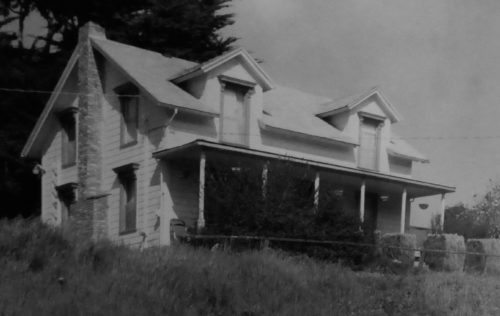

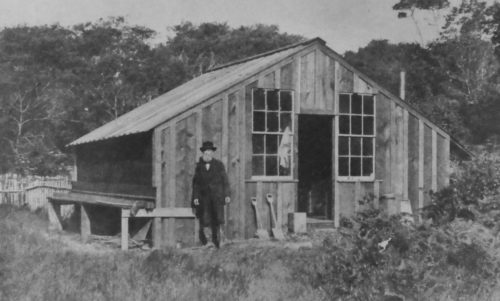
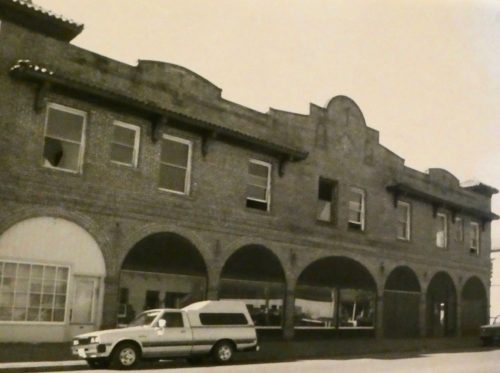
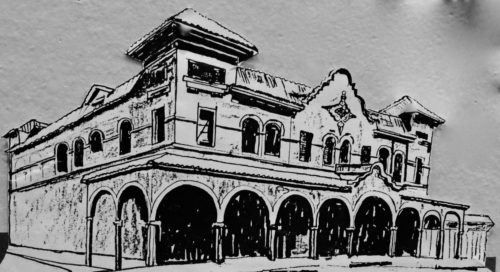
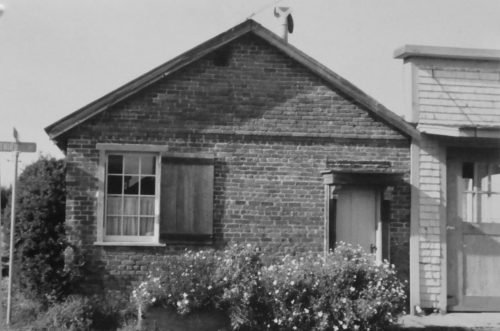
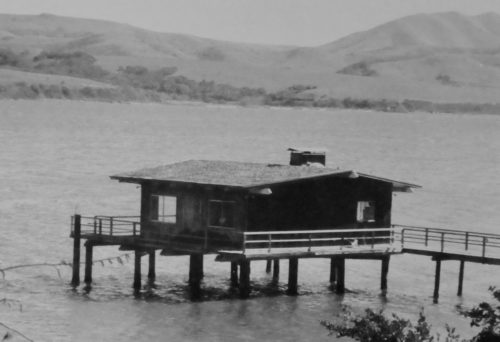
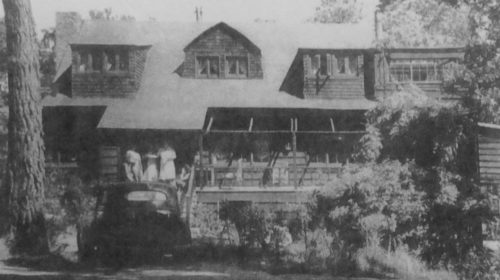
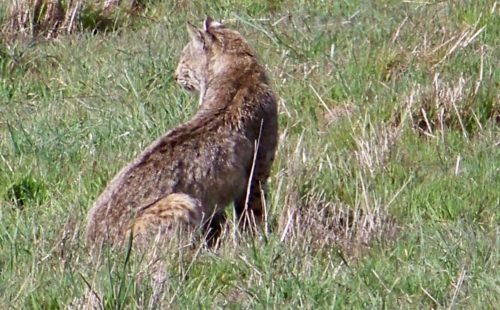 it.
it.